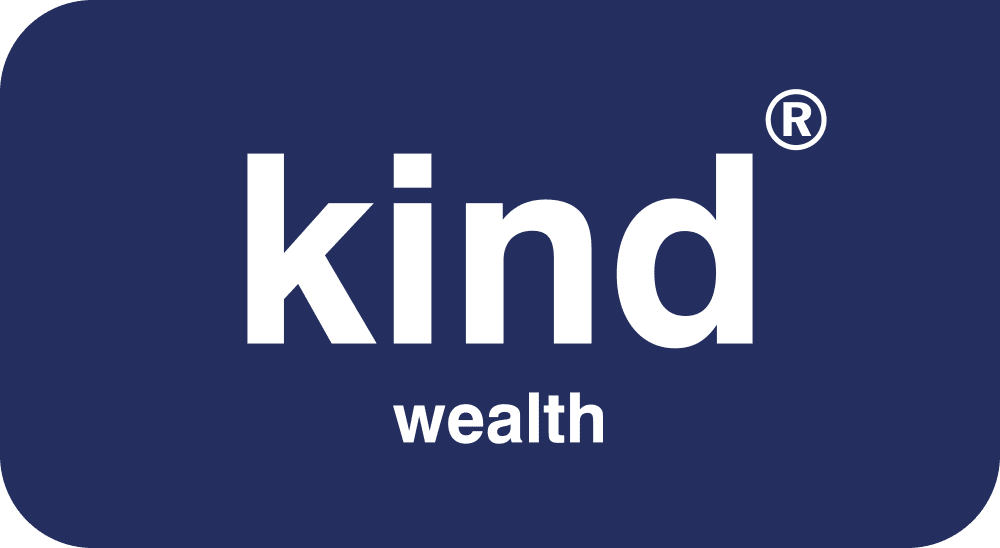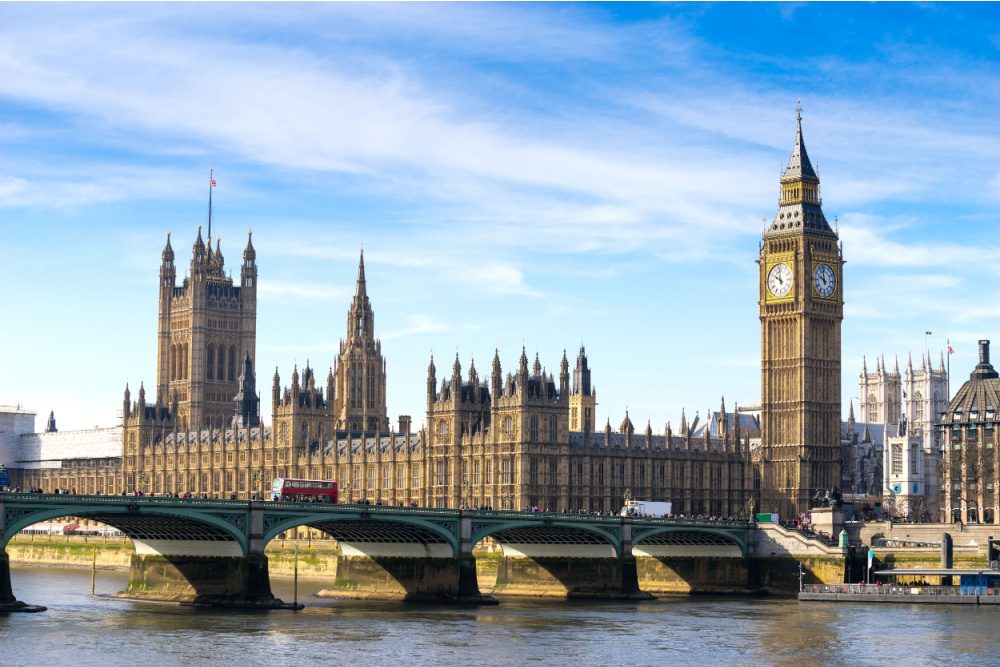Our monthly property market review is intended to provide background to recent developments in property markets as well as to give an indication of how some key issues could impact in the future.
We are not responsible or authorised to provide advice on investment decisions concerning property, only for the provision of mortgage advice. We hope you will find this review to be of interest.
Demand down but activity remains robust
The residential sales market experienced further negative indicators in July, according to the latest UK Residential Survey by the Royal Institution of Chartered Surveyors (RICS), with new buyer enquiries and agreed sales volumes continuing their decline.
At the national level, new buyer enquiries recorded a net balance of -45% in July, little changed from the previous month’s reading of -46%. This was described in the report as ‘symptomatic of a market losing further ground in the face of higher mortgage rates.’
The headline new instructions net balance dropped to -13% in July (compared to -3% in June). Agreed sales slipped to a net balance of -44% in July, down from -36% in June. This new figure is the weakest for the agreed sales measure since the early stages of the pandemic.
Separate data released by HMRC, however, paints a slightly different picture, with the number of completions rising in June to 94,690. At 86% of their 2017-19 average, this figure is up from 77% in May.
Simon Rubinsohn, RICS Chief Economist, commented, “The recent uptick in mortgage activity looks likely to be reversed over the coming months if the feedback to the latest RICS Residential Survey is anything to go by.”
At the national level, new buyer enquiries recorded a net balance of -45% in July, little changed from the previous month’s reading of -46%.
Commercial hotspots for conversion
Almost 28,000 sites across England have the potential to be converted into residential properties, according to new data released from Searchland, with the combined market value estimated to be over £1.5bn.
London has roughly a third of England’s sites and an estimated market value in the region of £928m. In a speech in July, Housing Secretary Michael Gove referenced some of the commercial hotspots that are easier to convert into residential accommodation, including shops and restaurants.
Mitchell Fasanya of Searchland commented, “Disused commercial sites are a cornerstone of the government’s approach to solving the UK’s housing problems […] developers already have the opportunity to turn thousands of commercial properties into residential developments and these sites currently hold significant value in the current market.”
New-build price premium soars
The price of an average new-build property is now 52% higher than for existing homes, according to research by Sourced Franchise.
In the last year, price premiums for new-build property have increased by 20% to reach this average uplift of 52%.
The North East (83%) is home to the strongest new-build price premiums, with Scotland (72%), the East Midlands (66%), the North West (65%), West Midlands (63%) and Wales (62%) next in line. At the other end of the scale, London is home to the smallest newbuild house price premium – just 17%.
House prices: Headline statistics
| House Price Index (June 2023) | 150.8 |
| Average House Price | £287,546 |
| Monthly Change | 0.7% |
| Annual Change | 1.7% |
*(Jan 2015 = 100)
Average house prices in the UK increased by 1.7% in the year to June 2023
On a non-seasonally adjusted basis, average UK house prices increased by 0.7% between May 2023 and June 2023
The average price in London was £527,979.
Source: The Land Registry
Release date: 16/08/23
Next data release: 20/09/23
Average monthly price by property type – June 2023
| Property Type | Annual Increase |
|---|---|
| Detached £451,157 | 2.3% |
| Semi-detached £279,059 | 2.2% |
| Terraced £234,373 | 0.8% |
| Flat / maisonette £231,037 | 0.8% |
Source: The Land Registry
Release date: 19/07/23
House prices: Price change by region
| Region | Monthly change (%) | Annual change (%) | Average price (£) |
|---|---|---|---|
| England | 0.9% | 1.9% | £306,447 |
| Northern Ireland (Quarter 2 - 2023) | 1.4% | 2.7% | £173,898 |
| Scotland | -0.4% | 0.0% | £189,424 |
| Wales | 0.2% | 0.6% | £213,477 |
| East Midlands | 1.3% | 2.4% | £248,678 |
| East of England | 1.3% | 1.1% | £351,213 |
| London | 0.5% | -0.6% | £527,979 |
| North East | 1.8% | 4.7% | £161,034 |
| North West | 1.2% | 3.5% | £215,631 |
| South East | 0.6% | 1.3% | £391,406 |
| South West | -0.5% | 0.5% | £321,152 |
| West Midlands Region | 0.7% | 3.2% | £250,743 |
| Yorkshire and The Humber | 2.1% | 2.7% | £208,867 |
Source: The Land Registry
Release date: 16/08/23
Next data release: 20/09/23
Housing market outlook
“The continued affordability squeeze will mean constrained market activity persists and we expect house prices to continue to fall into next year. Based on our current economic assumptions, we anticipate that being a gradual rather than a precipitous decline. And one that is unlikely to fully reverse the house price growth recorded over recent years, with average property prices still some £45,000 (+19%) above pre-COVID levels.”
Kim Kinnaird, Director, Halifax Mortgages
Source: Halifax August 2023
Important Information
All details are correct at the time of writing (21 August 2023).
Contains HM Land Registry data © Crown copyright and database right 2023. This data is licensed under the Open Government Licence v3.0.
It is important to take professional advice before making any decision relating to your personal finances. Information within this document is based on our current understanding and can be subject to change without notice and the accuracy and completeness of the information cannot be guaranteed. It does not provide individual tailored investment advice and is for guidance only. Some rules may vary in different parts of the UK.
Approver Quilter Financial Services Limited & Quilter Mortgage Planning Limited. 21/09/2023



